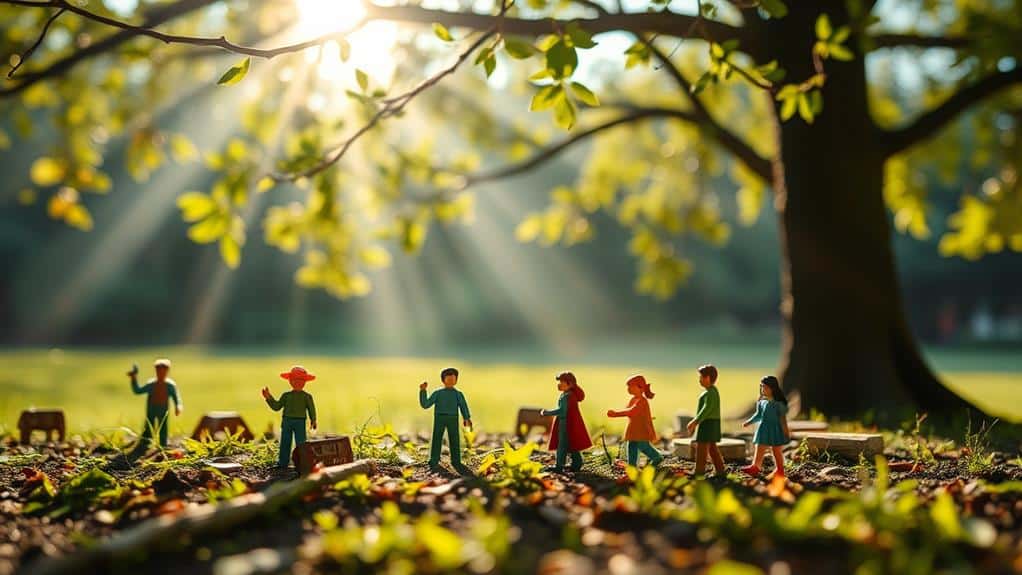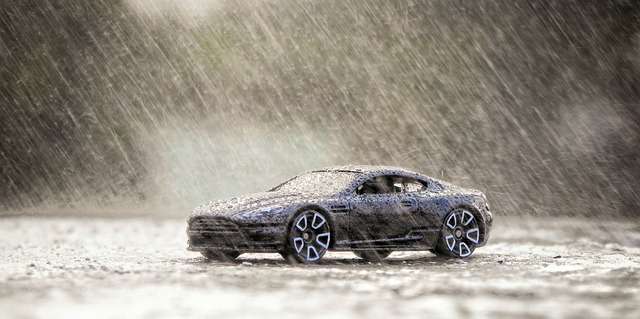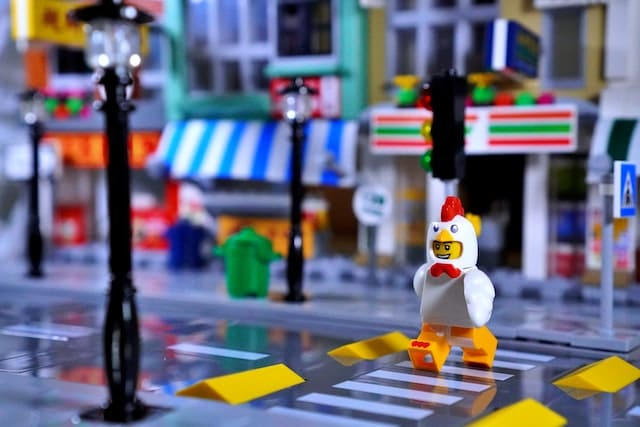Transform your toy photography by harnessing natural light techniques. Embrace the golden hour's soft, warm glow to add dynamism to scenes. Front lighting sharpens details, while side lighting adds depth and texture. Play with backlighting for dramatic silhouettes, and use shadows to tell a story, adjusting their intensity for mood. Capture reflections on surfaces like water to enhance visual interest, and experiment with angles to control glare. Adjust depth and perspective for added realism, creating different moods through camera positioning. Perfect timing during golden hour is magical. With these tools, your photographs will stand out brilliantly. There's more to explore.
Understanding Light Direction
When it comes to toy photography, mastering light direction is essential for creating dynamic and enchanting images. You need to understand how light interacts with your subjects to highlight details and bring your toys to life. Start by observing natural light sources, like the sun, and notice how it casts light at different times of the day. Early morning or late afternoon light, known as "golden hour," offers a soft, warm glow that adds depth and richness to your photos.
Position your toys so the light source enhances their features. For instance, front lighting can create a clear, detailed image, while side lighting adds depth and texture. Experiment with backlighting, too; it can create a dramatic silhouette effect, highlighting the toy's outline against a brighter background.
Utilizing Shadows Creatively
While understanding light direction lays the foundation for compelling toy photography, exploring how shadows can enhance your images offers a new layer of creativity. Shadows add depth and drama, transforming an ordinary scene into something enchanting. Start by observing how shadows fall naturally around your toy subjects. Notice the different shapes and sizes they create at various times of the day.
Position your toy in a way that casts interesting shadows on the background or surrounding objects. For instance, place a toy soldier in front of a textured surface like brick or wood. The resulting shadow can mimic the toy's form, adding a sense of movement and storytelling to your image. Don't hesitate to experiment with angles. Shifting the toy slightly can dramatically change the shadow, offering fresh perspectives.
Consider the mood you want to convey with your shadows. Strong, sharp shadows can evoke tension or mystery, while softer ones might suggest calmness or nostalgia. Use shadows to frame your subject, drawing the viewer's eye to key details. Remember, shadows in toy photography aren't just byproducts of lighting; they're essential elements that can elevate your compositions. Embrace them as creative tools in your photography arsenal.
Experimenting With Backlighting

Backlighting often reveals a toy's silhouette, creating a striking and ethereal effect. To achieve this, position the toy between your camera and a strong light source, such as the sun or a lamp. This setup allows the light to outline the toy, emphasizing its shape and adding depth to your photos. It works particularly well with figures that have interesting or intricate designs.
When experimenting with backlighting, try adjusting the angle and intensity of the light. Move the light source or the toy itself to cast different shadows and highlights. This is your chance to play with the mood of the image, from dramatic to whimsical. You'll also want to be mindful of the background. A simple, uncluttered background can enhance the silhouette effect, making the toy the focal point.
Don't hesitate to use manual camera settings. Adjusting the exposure can help you achieve the perfect balance between light and shadow. Lowering the exposure will darken the background and highlight the toy's silhouette. Finally, experiment with different toys and environments. Each combination offers unique opportunities to create enchanting images. With practice, you'll master the art of backlighting in toy photography. Understanding how light interacts with your subject is key to creating visually striking shots. As you explore perfect lighting tips for toys, pay attention to the direction and intensity of the light source to craft dramatic or soft effects. Remember, persistence and creativity will transform even simple setups into captivating scenes.
Capturing Reflections and Glare
In toy photography, capturing reflections and glare can add an extra layer of interest and realism to your shots. Using reflective surfaces like water, mirrors, or even glossy tabletops can create stunning effects. When you position your toys near these surfaces, the reflections can mimic real-world scenarios, making your photos more dynamic.
To achieve a balanced effect, consider the angle of light hitting both the toy and the reflective surface. Natural light works wonders in this scenario. Try shooting during the golden hour for softer reflections and reduced glare. Experiment with different angles to find the perfect balance.
Here's a quick guide to help you manage reflections and glare:
| Element | Reflection Control | Glare Control |
|---|---|---|
| Water | Low angle | Use polarizer |
| Mirror | Adjust position | Soft light source |
| Glossy Surface | Tilt item | Diffuse sunlight |
Playing With Depth and Perspective

Anyone delving into toy photography will quickly find that playing with depth and perspective can dramatically transform your images. By altering these elements, you can create intriguing scenes that fascinate viewers. To start, consider the angle from which you're shooting. A low angle can give your toys a sense of grandeur, making them appear larger than life. Conversely, shooting from above can create a sense of vulnerability or innocence.
Next, experiment with your camera's focus settings. A shallow depth of field, where only your main subject is sharp while the background blurs, can draw attention to specific details and add a professional touch to your photos. Try positioning your toys at varying distances from your camera. This layering technique can create an illusion of depth, making your scene more dynamic.
Perspective also plays an important role. By aligning toys with real-world elements like leaves or rocks, you can make small toys appear part of a much larger environment. Don't hesitate to mix and match these methods. The combination of unique angles, varying focus, and thoughtful perspective can elevate your toy photography, turning simple setups into fascinating visual stories.
Timing the Perfect Golden Hour
The golden hour, a photographer's favorite time, offers a magical quality of light that can transform your toy photography. This period, occurring shortly after sunrise and before sunset, bathes your subjects in warm, soft hues. To capture this ethereal glow, you need to plan your shoot carefully. Timing is everything, so know when the golden hour happens in your location. Use apps or websites that provide accurate sunrise and sunset times to nail down the specifics.
Arrive at your chosen spot at least 30 minutes before the golden hour begins. This allows you to set up your scene and adjust your camera settings without feeling rushed. Experiment with how the light interacts with your toys, casting intriguing shadows and highlights. Move your subject around to explore different angles and compositions.
Pay attention to the sky's color shifts during this time. The warm tones can add depth and emotion to your photos. Remember, the window is fleeting, so shoot continuously to capture as many variations as possible. Practice patience and flexibility. If conditions aren't perfect one day, try again. The golden hour's unique glow is worth the effort for stunning toy photography.
Frequently Asked Questions
How Can I Create a Consistent Outdoor Shooting Schedule With Natural Light?
To create a consistent outdoor shooting schedule with natural light, track sunrise and sunset times in your area. Use weather apps to anticipate lighting conditions, and choose locations with minimal obstructions. Consistency comes from planning and adaptability.
What Are the Best Camera Settings for Toy Photography in Natural Light?
Balancing bright daylight and intricate shadows, you'll want a low ISO for clarity, a wide aperture for depth, and a fast shutter speed to freeze motion. Adjust these settings to creatively capture your toy's tiny world.
How Can I Prevent Weather Conditions From Affecting My Outdoor Photo Sessions?
You can prevent weather from ruining your outdoor sessions by checking forecasts, carrying a weatherproof bag, and using portable shelters. Adapt your shooting schedule and location to the conditions, ensuring you're prepared for unexpected changes.
What Are Some Tips for Transporting Toys Safely to Outdoor Locations?
Use a sturdy container with padding to prevent damage. Secure toys with elastic bands or zip-lock bags. Keep them in a backpack for easy carrying. Avoid overpacking to reduce risk of breakage during transport.
How Do I Ensure Vibrant Colors and Sharp Details in My Natural Light Photos?
Imagine painting with sunlight. Position toys during the golden hour for vibrant colors. Use reflectors to bounce light, highlighting details like a spotlight on stage. Adjust your camera's settings to capture every nuance, ensuring sharpness and clarity.
At a Glance
You've journeyed through the joys of natural light's dance, discovering dynamic directions and shadowed secrets. By embracing backlighting's brilliance and capturing enchanting reflections, you've crafted compelling compositions. Depth and perspective play their part, while the golden hour gifts you with glowing grandeur. These techniques transform simple toy scenes into stellar stories. So, seize your camera with confidence, and let the light lead your lens toward luminous landscapes. Your creativity will continue to captivate and charm.





